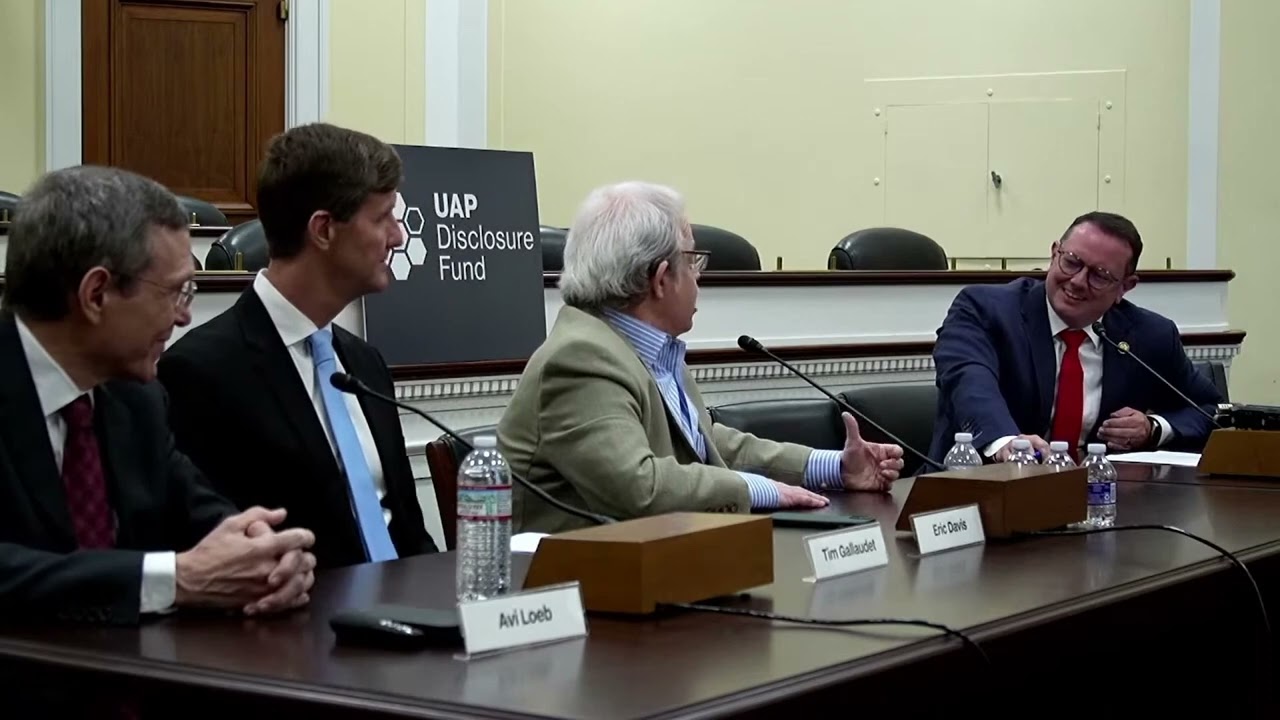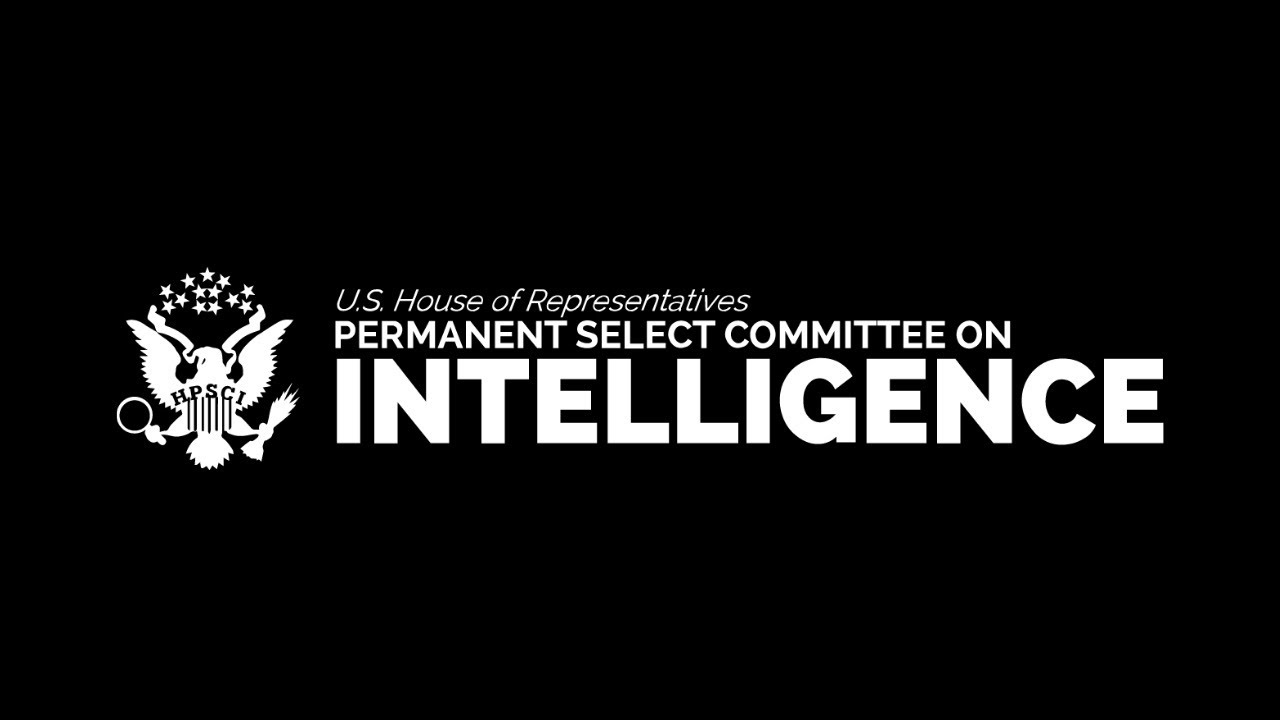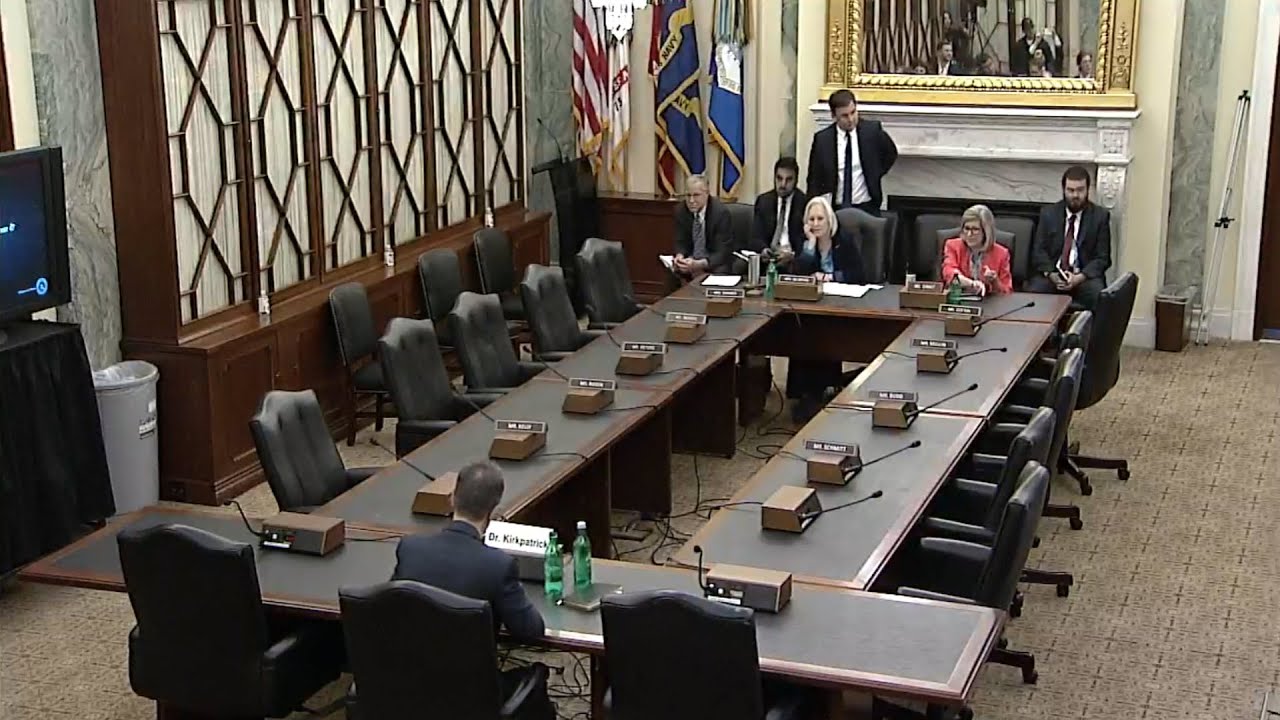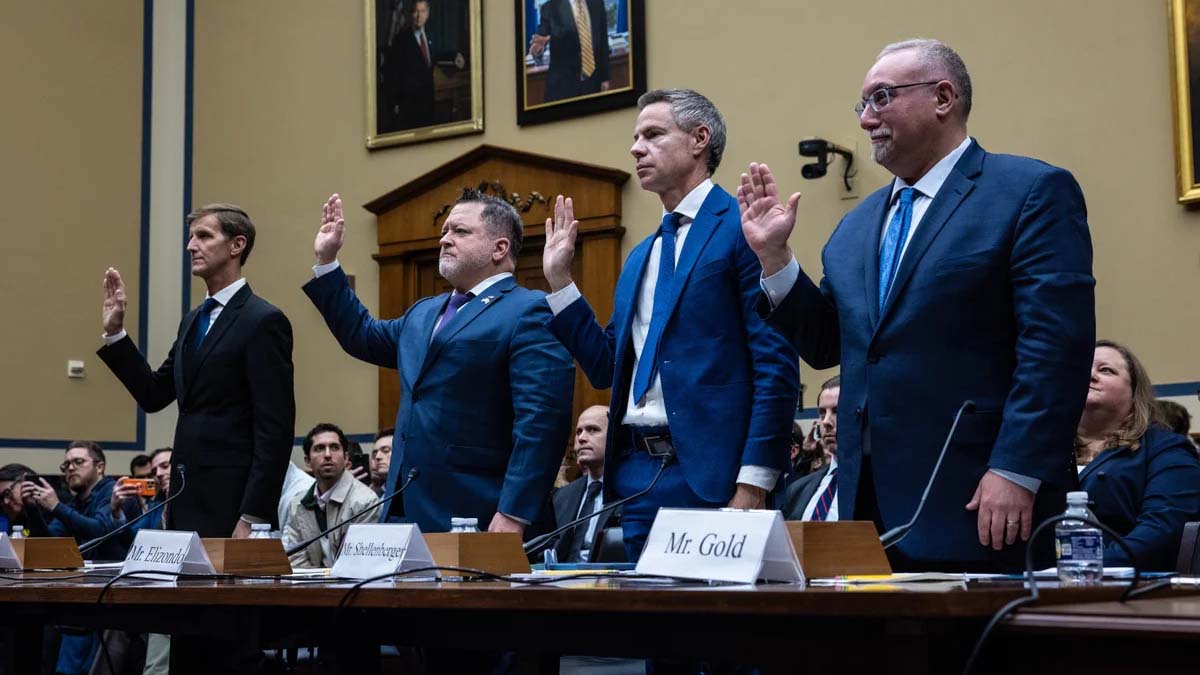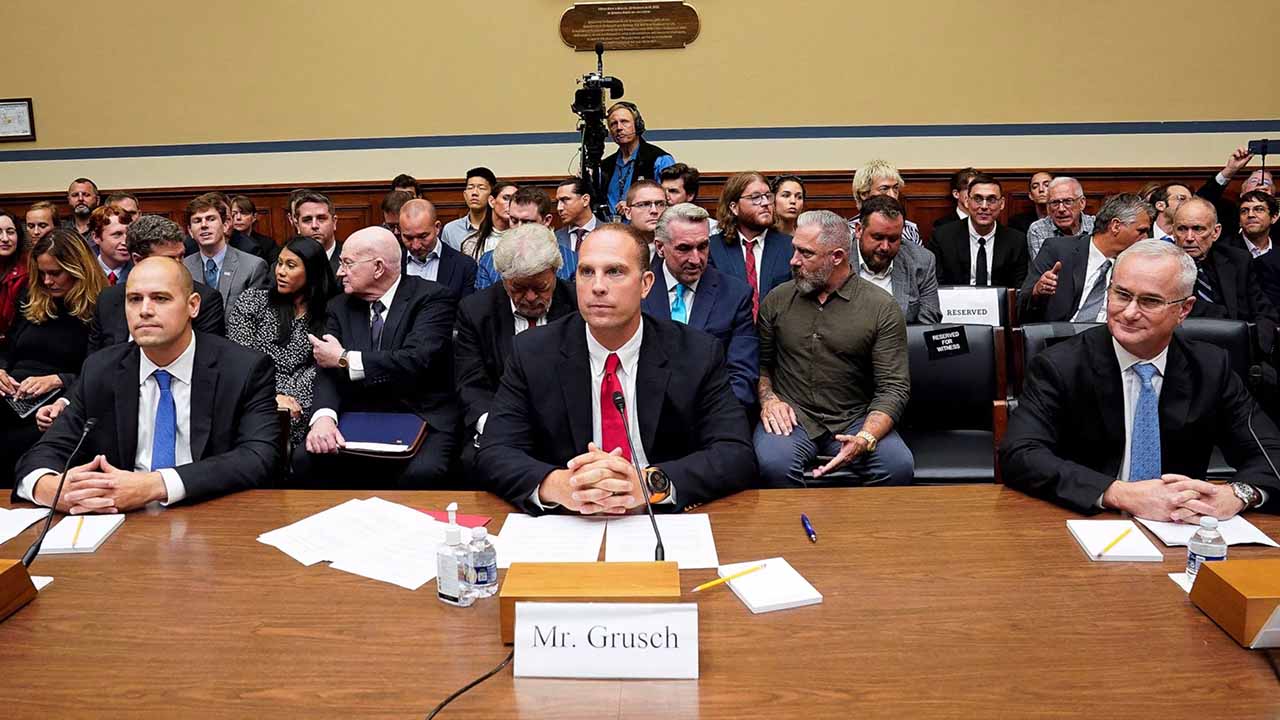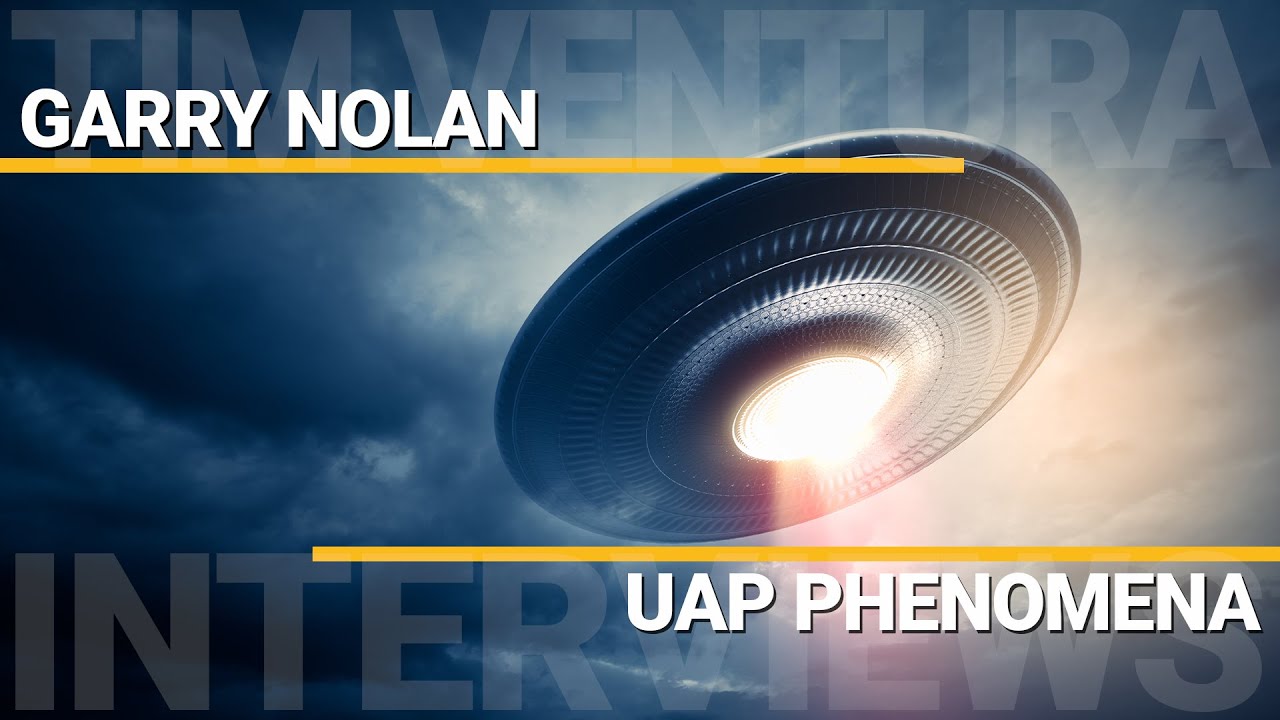AARO Hearing With Jon Kosloski, Nov 19 2024
This Senate hearing featured testimony from the new Director of the All-domain Anomaly Resolution Office (ARROW), Dr. Jon Kosloski, regarding Unidentified Aerial Phenomena (UAPs). Dr. Kosloski highlighted AARO’s progress in data collection, sensor development, and reducing the stigma around UAP reporting. AARO has over 1600 UAP reports; while most are mundane, a small percentage remain anomalous. The Director emphasized three priorities: strong partnerships (government, academia, industry, public), transparency (including declassification efforts), and scaling up operations.
Several intriguing UAP cases were discussed, including the “Go Fast” incident (explained by parallax) and a Puerto Rico case (likely balloons/sky lanterns). Concerns about national security threats posed by UAPs near military installations were raised, along with the need for improved domain awareness. Dr. Kosloski urged individuals with knowledge of unreported UAP programs to come forward, emphasizing Congress’s waiver of NDAs. The hearing concluded with requests for continued Senate support in funding, legislation, and encouraging witness testimony.
Dr. Kosloski: A New Era for UAP Investigation
Dr. Kosloski, with his impressive background in optics research, crypto mathematics, and previous service at the Department of Defense (DoD), brings a unique blend of expertise to the role. His opening statement emphasized three core priorities: strong partnerships, transparency, and scaling up AARO’s operations. He highlighted the impressive work already undertaken by the AARO team, including improvements in data collection, sensor development, report triage, and a concerted effort to reduce the stigma associated with UAP reporting. This commitment to transparency is evident in the launch of a public website featuring imagery and case resolutions.
The Numbers and the Challenges
ARROW currently has over 1600 UAP reports. While many are easily identifiable as commonplace objects, a smaller percentage remains anomalous, requiring significant resources for investigation. Dr. Kosloski stressed that, to date, there is no verifiable evidence of extraterrestrial beings, activity, or technology. The challenges are significant: timely sensor data is often lacking, archived cases require revisiting, and improving reporting sources remains a priority. The hearing also underscored the national security implications of unidentified Unmanned Aerial Systems (UAS) operating in sensitive airspace.
Key Cases and Anomalous Encounters
The hearing featured discussions of several notable cases, including:
- The Puerto Rico Case (2013): A Customs and Border Patrol aircraft observed an object exhibiting apparent transmedium movement (air-water-air). Analysis suggests balloons or sky lanterns, with video and a full report slated for release later this year.
- The “Go Fast” Case (2017): Geospatial analysis revealed the object was at a much higher altitude than initially perceived due to parallax. A detailed paper explaining this effect is available online.
- The Mount Etna Case (2018): Footage showed an object seemingly flying through the plume of the erupting volcano. 3D modeling placed the object 170 meters away.
Beyond these specific cases, Dr. Kosloski highlighted several other anomalous encounters currently under investigation, including reports of:
- A large orange orb followed by a “blacker than black” object.
- A small, dark object ascending vertically at incredible speed.
- A large metallic cylinder observed by government contractors.
Transparency and the Path Forward
A significant portion of the hearing focused on transparency. Dr. Kosloski acknowledged the challenges of balancing the need for public disclosure with the protection of sensitive sources and methods. He emphasized ARROW’s commitment to declassifying and sharing more information, working closely with original classifiers and the National Archives to make UAP documents publicly available. The website www.arro.mil is actively encouraging former and current government personnel, civilians, contractors, and military personnel with relevant information to come forward.
The Future of UAP Investigation
ARROW’s future plans include:
- Improving data quantity, quality, and diversity through interagency data sources and the deployment of its own sensors.
- Strengthening partnerships across government, academia, industry, and the public.
- Developing a more robust public reporting mechanism.
- Addressing sensor placement bias to improve domain awareness.
The hearing concluded with a renewed call for Senate support, emphasizing the need for funding, legislation, and continued encouragement of witness testimony to investigate legacy programs. The testimony left a clear impression: the investigation into UAPs is ongoing, serious, and committed to transparency and scientific integrity. The work of AARO promises to shed more light on these enigmatic phenomena in the years to come.
Register For UFORev
Want to see more great UFO Reverse Engineering stories? Sign up for our mailing list to get exclusive access to captivating presentations, engaging events, and more!
RECENT POSTS
UAP Disclosure Fund Hearing With Eric Davis
May 6, 2025
Congressional UFO Hearing with Lue Elizondo
May 4, 2025
Congressional UFO Hearing with David Grusch
May 3, 2025
UAP Phenomena: A Serious Look
May 2, 2025
